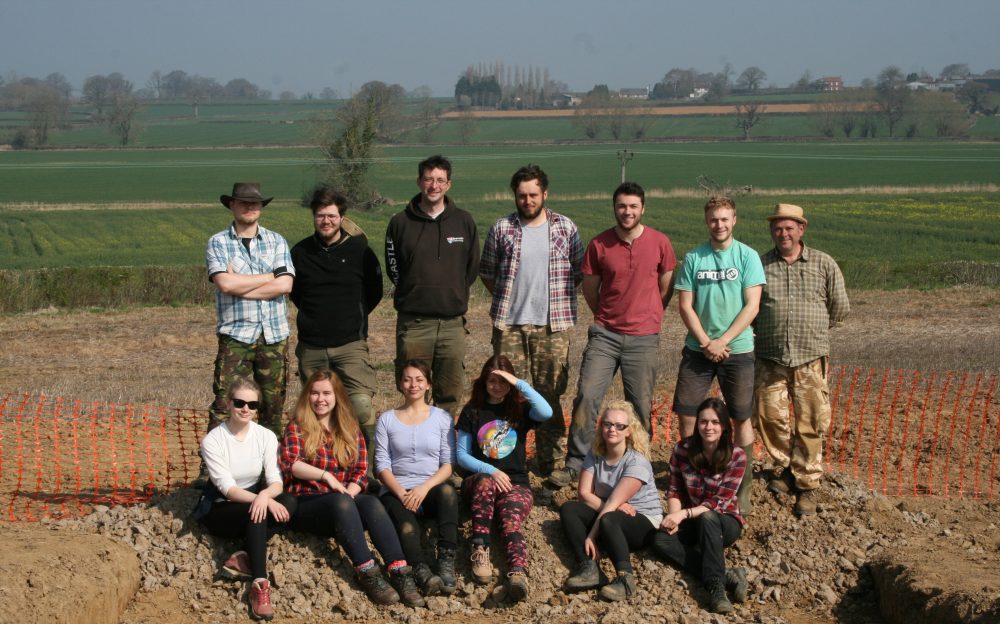Excellent news: the Faculty of Humanities and Social Sciences’ Research Committee has agreed to grant the project some monies from the Faculty’s Research Fund.
This money will help to cover the costs of preparing next season’s fieldwork, which we hope will investigate the Villa. Even now James and Andy are preparing the documents to gain Scheduled Monuments Consent.
In other news Hayley will be doing some work for the project over the summer and Holly-Ann will be helping to prepare the finds from the previous four seasons for deposition in an appropriate archaeological archive.

